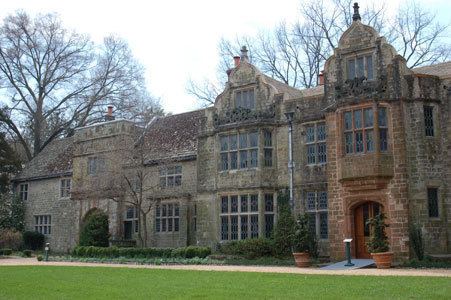Name Henry Morse Died May 28, 1934 | Role Architect | |
 | ||
Henry Grant Morse, Jr. (1884, Canton, Ohio - May 28, 1934, Essex Fells, New Jersey) was an American architect, best known for the two English manor houses that he relocated to Richmond, Virginia.
He studied architecture at the Massachusetts Institute of Technology, and established himself in New York City before the age of 20. As an associate, he collaborated with Boston architect Herbert D. Hale on the Camden Free Public Library Main Building (1903–05) in Camden, New Jersey; the Norfolk Public Library (1903–06) in Norfolk, Virginia; and the United Engineering Societies Building (1904–07) in New York City. These were all projects funded by Andrew Carnegie. As associates, Hale and Morse both collaborated with architects Parker & Thomas on the Baltimore & Ohio Railroad Building (1904–06) in Baltimore, Maryland. While working in Camden and Baltimore, the pair kept an office in the Drexel Building in Philadelphia, Pennsylvania.
On his own, he designed a laboratory building at Yale University, and Tudor-style houses in New Rochelle, New York for mural artist Frederick Dana Marsh and cartoonist Clare Briggs.
He worked as a partner in the firm of Hawes & Morse for a number of years. He designed a Y.M.C.A. in Camden, New Jersey.
He was noted in particular for his work on Virginia House in Richmond, Virginia, which is partly a reconstruction of a Tudor manor shipped over from Warwickshire, England. Morse was hired in 1925 to visit England and study other manors, travelling around the English countryside and surveying properties such as Wormleighton Manor, fusing together different ideas into the final reconstruction in Virginia. He also supervised the relocation of Agecroft Hall, which was re-erected next door to Virginia House.
He died in 1934.
